How to get URL link on X (Twitter) App

 "Flexibility from biogas" often means switching from baseload to only feeding in at peak hours of the day, which requires a larger generator and biogas storage of 12-24 hours, like this oft-cited example in the Schwarzwald
"Flexibility from biogas" often means switching from baseload to only feeding in at peak hours of the day, which requires a larger generator and biogas storage of 12-24 hours, like this oft-cited example in the Schwarzwald
 How does it work?
How does it work?


 For a very fine overview check out @pfairley's article in @IEEESpectrum or read on for my two pennies 🧵
For a very fine overview check out @pfairley's article in @IEEESpectrum or read on for my two pennies 🧵
 We need carbonaceous fuels for big chunks of shipping, aviation and chemicals
We need carbonaceous fuels for big chunks of shipping, aviation and chemicals

 📖🔓Today we published a new open-access study, led by colleague @IegorRiepin:
📖🔓Today we published a new open-access study, led by colleague @IegorRiepin:

 The EU has loosened its rules for green hydrogen to require hourly matching only from 2030 (without grandfathering), and additionality by 2028
The EU has loosened its rules for green hydrogen to require hourly matching only from 2030 (without grandfathering), and additionality by 2028
 You can read more in our preprint (not yet peer-reviewed) here:
You can read more in our preprint (not yet peer-reviewed) here:

 Today we published a report on the first results from an ongoing project between @TUBerlin and @Google:
Today we published a report on the first results from an ongoing project between @TUBerlin and @Google:https://twitter.com/OliverRuhnau/status/1504078453007654915The study assumes Germany is isolated and considers electricity system only => caveats


 New(ish) paper from 2021 led by researcher @lisazeyen_lz
New(ish) paper from 2021 led by researcher @lisazeyen_lz

 You can ask it questions like:
You can ask it questions like:
 Most solar learning curves start much later, so it's nice to back-fill to the beginning, see e.g. this example
Most solar learning curves start much later, so it's nice to back-fill to the beginning, see e.g. this examplehttps://twitter.com/MaxCRoser/status/1333793954836299777

 summary:
summary:

 (above graphic is from @MichaelGrubb9's fabulous book "Planetary Economics", downloadable here: climatestrategies.org/publication/pl…)
(above graphic is from @MichaelGrubb9's fabulous book "Planetary Economics", downloadable here: climatestrategies.org/publication/pl…)
https://twitter.com/JesseJenkins/status/1376615710416367622I'd also be interested in the question posed the other way round: what is the value of "firm" clean generation in the presence of VRE, batteries and long-term storage?
https://twitter.com/northumbriana/status/981194020750811137
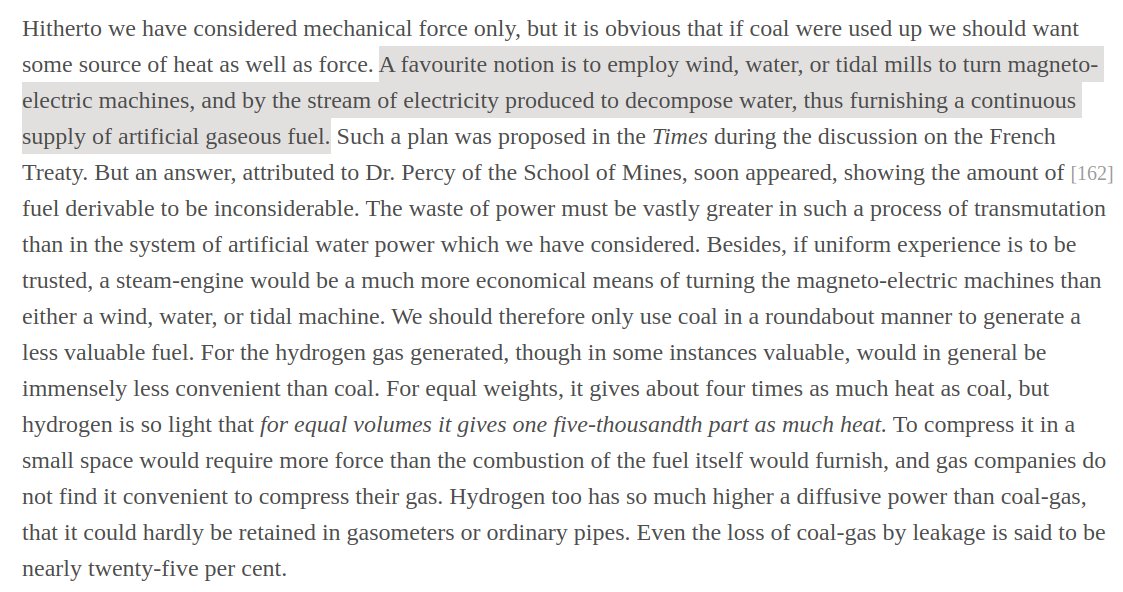
 The above quotation is from Jevons' (he of paradox fame) marvellous 1865 treatise "The Coal Question":
The above quotation is from Jevons' (he of paradox fame) marvellous 1865 treatise "The Coal Question":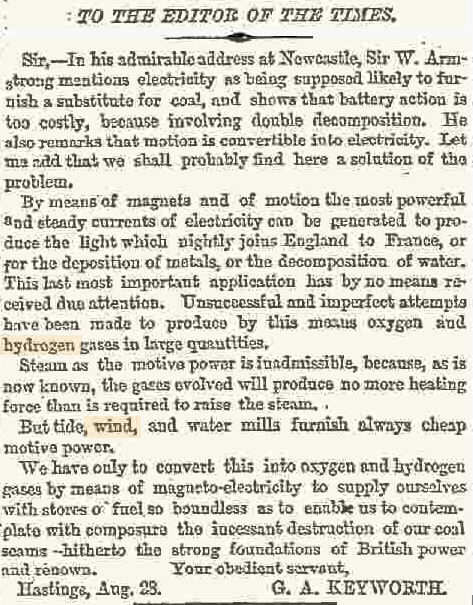
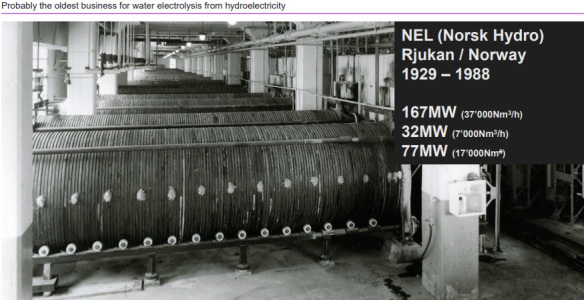
 From 1920s-1970s, 100+ MW water electrolysers were built across world to meet demand for ammonia for fertiliser.
From 1920s-1970s, 100+ MW water electrolysers were built across world to meet demand for ammonia for fertiliser.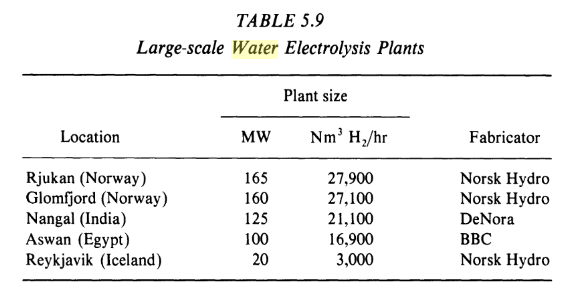

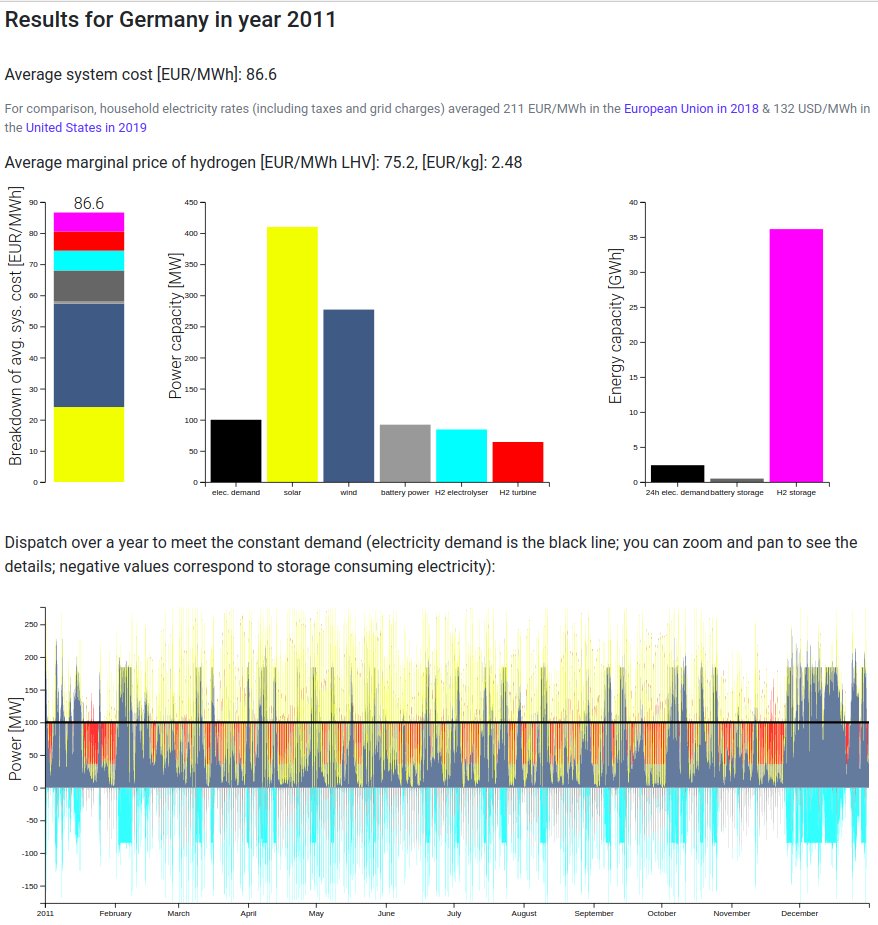
 This toy model meets a constant demand over a year of weather data
This toy model meets a constant demand over a year of weather data